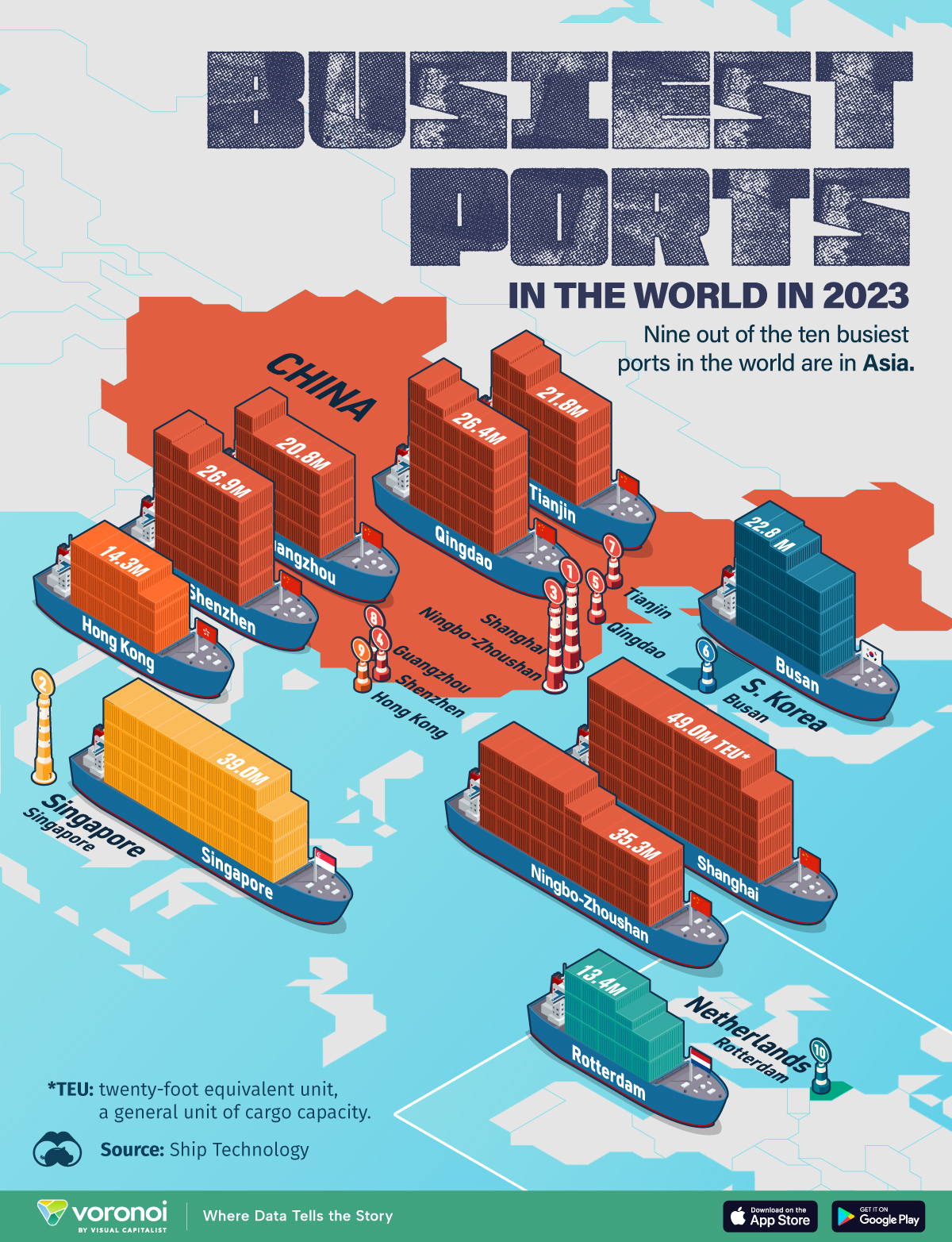Buyers seem a bit more enthusiastic than they did immediately following yesterday's earnings release, FSLR up $7.22 (+3.42%) at $218.11 and clawing back a chunk of yesterday's regular session loss of $9.51.
From The Motley Fool's Motley Fool Transcribing, July 31:
FSLR earnings call for the period ending June 30, 2024.
First Solar (FSLR -4.32%)
Q2 2024 Earnings Call
Jul 30, 2024, 4:30 p.m. ET
Contents:- Prepared Remarks
- Questions and Answers
- Call Participants
Prepared Remarks:
OperatorGood
afternoon, everyone, and welcome to First Solar's second quarter 2024
earnings call. This call is being webcast live on the Investors section
of First Solar's website at investor.firstsolar.com. At this time, all
participants are in a listen-only mode. As a reminder, today's call is
being recorded.
I would now like to turn the call over to Richard Romero from First Solar Investor Relations. Richard, you may begin.
Richard Romero -- Vice President, Investor Relations and Treasurer
Good
afternoon, and thank you for joining us. Today, the company issued a
press release announcing its second quarter 2024 financial results. A
copy of the press release and associated presentation are available on
First Solar's website at investor.firstsolar.com. With me today are Mark
Widmar, chief executive officer; and Alex Bradley, chief financial
officer.
Mark will provide business, strategy, technology, and
policy updates, Alex will discuss our bookings, pipeline, quarterly
financial results and provide updated guidance. Following their remarks,
we will open the call to questions. Please note this call will include
forward-looking statements that involve risks and uncertainties that
could cause actual results to differ materially from management's
current expectations. We encourage you to review the safe harbor
statements contained in today's press release and presentation for a
more complete description.
It is now my pleasure to introduce Mark Widmar, chief executive officer.
Mark R. Widmar -- Chief Executive Officer and Director
Good
afternoon, and thank you for joining us today. Reflecting on the first
half of 2024, we are pleased with our ongoing efforts to strengthen the
fundamentals of our business. With solid operating and financial
performance, selective incremental bookings, robust pipeline of demand,
including a near -- a recently signed 620-megawatt module supply
agreement subject to additional conditions precedent with a new U.S.
customer that will be supplying power to a hyperscaler.
And
investment in technology, R&D infrastructure, and manufacturing
expansions, we continue to solidify our market position through strong
execution. Our balanced approach to growth, profitability, and
liquidity, combined with multiple technological and business model
points of differentiation enable us to deliver value for both our
customers and our shareholders. Beginning on Slide 3, I will share some
key highlights for the second quarter. From a commercial perspective, we
continued our disciplined approach to bookings.
Since
our last earnings call, we have secured a net 0.9 gigawatts of bookings
with an ASP of $0.316 per watt, excluding adjusters where applicable or
$0.334 per watt, assuming the realization of adjusters where applicable
and in each case, excluding India domestic sales. This includes a 0.4
gigawatt debooking related to a termination for convenience exercised by
one of our European power and utilities customers who are selling a
portfolio of U.S. development assets as referenced on our last earnings
call and who is obligated to pay the associated contract termination
payment. This brings our year-to-date net bookings to 3.6 gigawatts.
Our
total contracted backlog now stands at 75.9 gigawatts with orders
stretching through 2030. From a technology perspective, since our Q1
earnings call, we have established a new world record CadTel research
cell with a conversion efficiency of 23.1%, commissioned new critical
R&D infrastructure in Ohio, and remain on track to launch our CuRe
program in Q4 of this year. Our CuRe program is expected to increase
energy production in real-world conditions through improved module
temperature coefficient, bifacial reality, and degradation rate.
Additionally, we have announced the ownership of certain issued and
pending patents related to the manufacturing of TOPCon crystalline
silicon solar cells.
And while Alex will provide
a comprehensive overview of our second quarter 2024 results, I would
like to highlight our ability to deliver financially with second-quarter
earnings per diluted share of $3.25 and a quarter-end net cash balance
of $1.2 billion. Despite this strong execution and our success,
delivering on the manufacturing technology, customer, and financial
commitments, we must acknowledge that our industry faces varying degrees
of increasing external uncertainties, particularly related to policy,
supply conditions, and evaluations of strategic direction and capital
allocation by certain large multinational companies. These will be
discussed later during the call. Turning to Slide 4.
Our growth
plans remain on track. The expansion of our Ohio manufacturing footprint
has been completed and commercial shipments began as scheduled at the
end of the second quarter. The completion of this phase expands our
manufacturing capacity into the state by almost one gigawatt to nearly
seven gigawatts. In Alabama, we expect to complete the installation of
tools, complete plant certification, and commence production this
quarter with the first commercial shipments from the plan expected in Q4
of 2024.
We are pleased with the speed at which we're able to
construct, equip, and commission the 2.4 million square foot facility,
achieving this in approximately 24 months from the investment decision.
Our new Louisiana facility is also on track with the start of commercial
operations expected in the second half of 2025. Furthermore, we
commissioned the Jim Nolan Center for Solar Innovation earlier this
month. This new research and development innovation center in Ohio is
the largest facility of its kind in the Western Hemisphere.
The
1.3 million square foot facility includes a high-tech pilot
manufacturing line, which we expect will allow us to produce full-size
prototypes of thin-film and tandem PV modules in a manufacturing
sandbox, freeing up our commercial production lots. In addition, we are
on track to commission our new perovskite development line at our Ohio
campus in the second half of 2024. Combined, these new facilities
represent an investment of nearly $0.5 billion in American R&D
infrastructure. We believe that thin-film research is critical for
commercializing multi-junction tandem devices, which are anticipated to
be the next disruptive innovation in the solar industry.
While
the U.S. leads the world in thin-film PV under First Solar's
stewardship, China is racing to close the innovation gap, and we expect
that our strategic investment in R&D infrastructure will help us
maintain our nation's strategic advantage in thin-film technology and
position the next generation of disruptive, transformative solar
technologies to be American-made. Turning to Slide 5. We continue to
progress our technology road map and during the quarter, established a
new world record CadTel research cell conversion efficiency of 23.1%....
....MUCH MORE
The company is sold out of current production through 2026 with a backlog of 78 gigawatts extending into 2030.
July 30: "First Solar Beats On Top and Bottom Lines But Only Maintains Full Year Outlook (FSLR)"
And as we said in July 2's ""First Solar’s Future Hinges on AI Demand and Election Outcomes" (FSLR)" (following an exquisitely timed overvaluation observation):
...The stock closed down another $5.98 (-2.69%) at $216.73, fully $90.04 below the intraday high less than three weeks ago.
First Solar will report their second quarter numbers in four weeks. We expect beats top and bottom and guidance to match or exceed the street. The Go-Go's are on standby for...
Sometime you get lucky.


